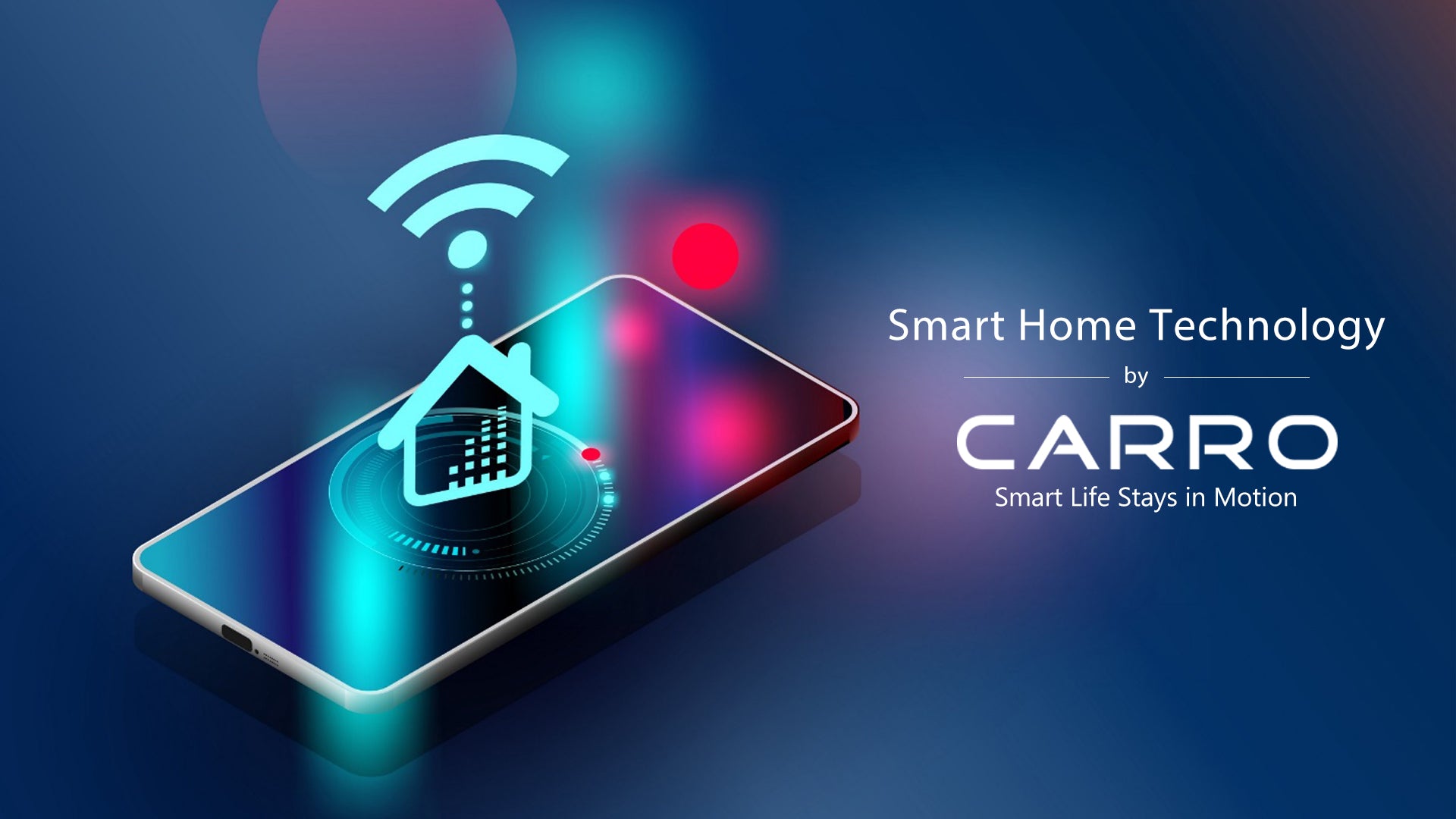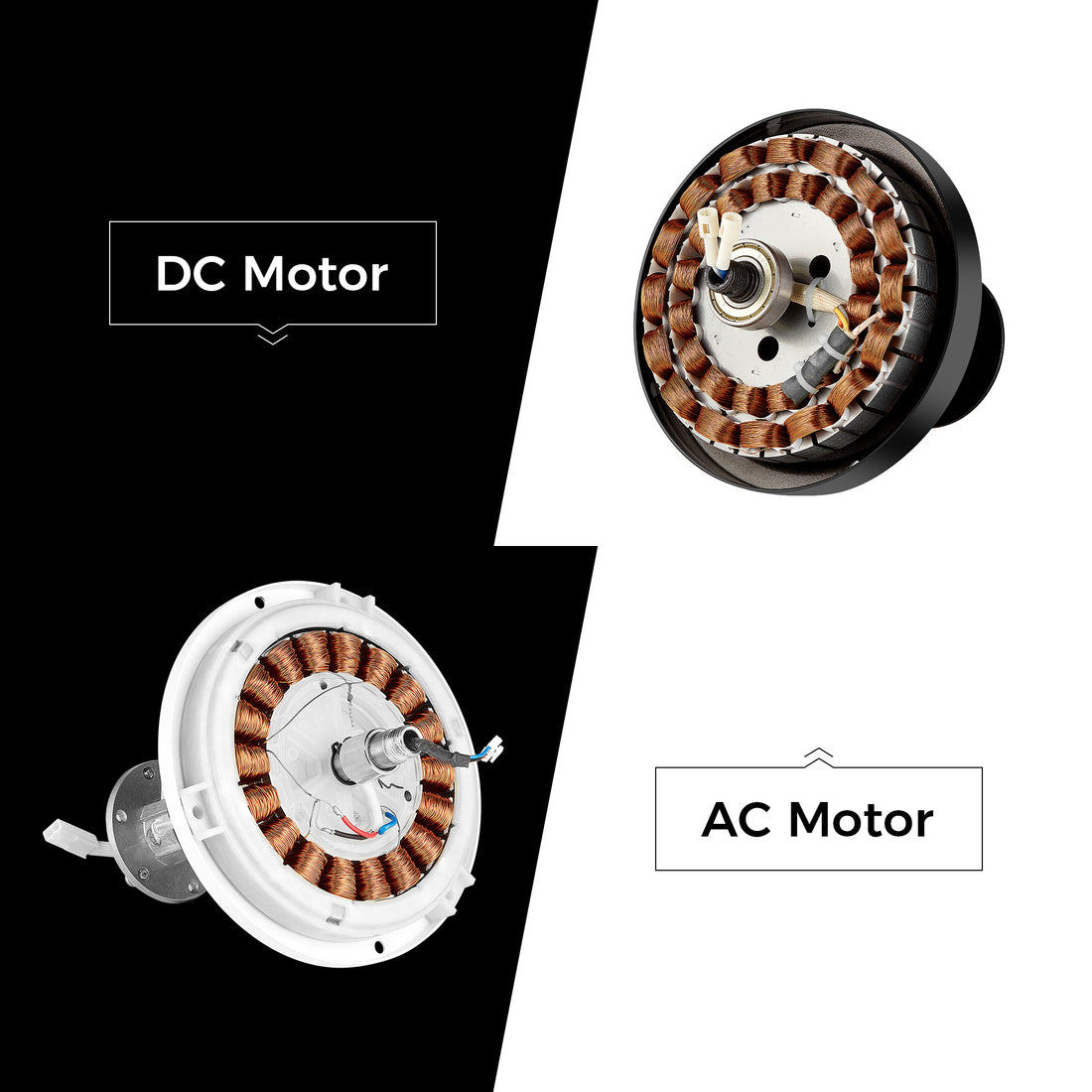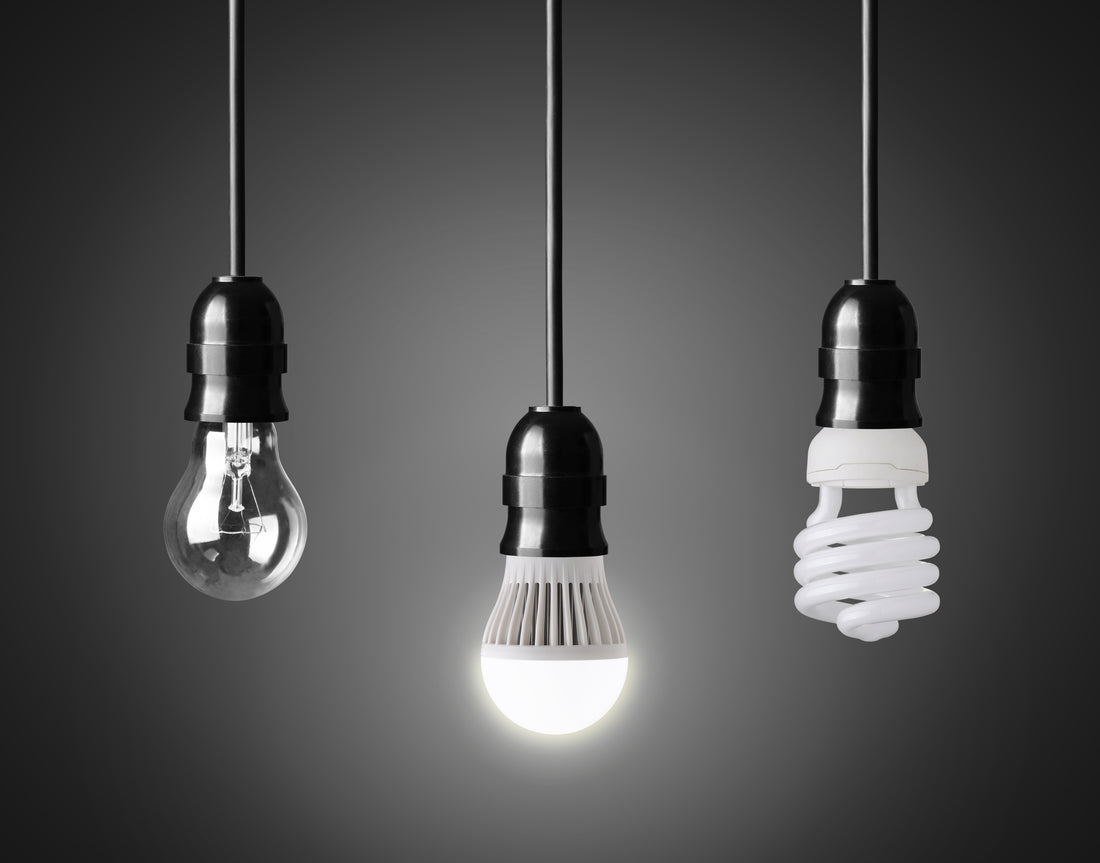Living smart can apply to a variety of contexts in our lives, it can even be applied to our life at home. Many have heard of the concept of a ‘Smart Home’ by now, but what exactly makes a home smart? The answer lies within technology, and how it redefines what we call living in our homes. This brings us to question what are the benefits of transitioning to a smart home lifestyle, and where to start?
To answer the first question, what are the benefits of living in a smart home, we have to look at what we could use technology for: home automation, control, accessibility, convenience, economical, and overall comfort. These are the main reasons why most companies are producing technology specifically for use in our homes. When we look at each of these benefits independently it really breaks down what encourages us to utilize technology and create a living space that feels smart among comfort.
Home Automation has become popular because of the ability to control appliances, lighting, air conditioning, and more through a series of networked devices that make this possible using electricity and WiFi. This includes integration among devices, where most are compatible with the same smart devices in order to control the smart technology in the home. A good example of home automation is the Carro Pioneer Smart Switch, it has the ability to divert a normal manufactured ceiling fan into a smart fan through the use of WiFi and electricity. Gain full control of your once normal fan by using the Carro Home App or Smart Devices like Amazon Alexa, Google home, and Siri Shortcut.
Control will always bring a homeowner reassurance knowing that they are in power of what occurs in their home. Having access to automate home devices or appliances while away brings security and the sense of control. No more worrying if the lights were on when you left the house, you can check an app on your phone and be able to turn them off accordingly. These types of functions are what drive manufacturers to produce high quality smart products for use at home because they have been dreamt about for decades and now, we have the technology to fabricate them.
Accessibility can mean a lot to those who are not as abled or already aging like fine wine and need a little more assistance in their home. Today’s smart home products help the disabled and elderly feel more at ease knowing that there is less motion or physical exertion needed to control appliances or devices they own. Bringing a sense of independence and security that empowers them to live comfortably, especially in the case that they might live alone. A peace of mind that we all deserve to have within our homes.
Convenience is the love language of today’s technology. How to make everything easier or less intrusive in our busy, everyday lives. Everyone is now familiar with apps that can order and deliver food or dial back to remote controls for TVs practically being the epitome of conveniences. Creating a bridge between home and technology has become a race with no finish line in sight, as things will only get better and more advanced from here. Making life as obstacle free as possible so we can enjoy it to the fullest. To think it might have started back in 1984 with something simple like the Clapper, a special outlet that reacted to the acoustic sound of clapping which could turn your lights on and off at your convenience.
Economical advantages that smart devices bring to the household is lesser usage of electricity and the overall savings you’ll experience afterwards. Saving money tends to be most people’s priority and more often than not do older, non-smart appliances require way more electricity in order to function. Nowadays, companies are creating products that can decrease the amount of wattage necessary and indefinitely lower your monthly bill. Add the ability to control these appliances or devices from outside the home when we’re away, and watch the numbers go down even further. We tend to correlate saving money with being smart which is why applying that mentality to our homes can have such a positive impact when we begin to implement the use of smart technology.
Finally, comfort is the intention of a home. An automated house can deliver comfort with access to control elements that directly affect the way we feel. A cold winter day out of the house, a touch of an app and the heater starts warming it before your arrival. Just in time to feel relief from the chill. Perhaps the air inside needs circulation, and your cat finally fell asleep in your lap while you were watching that season finale, you can use your voice to ask Alexa to turn the ceiling fan on without disturbing Precious. Comfort is what makes a home, a home. Specifically, when that comfort is brought by smart home technology that is designed to fit your needs.
So, that leaves us pondering about the next question: where to start? If you already own smart devices like Amazon Alexa, Google Home, or have Siri Shortcut you are pretty close to being on your way to owning a smart home. Next comes the automated appliances that can link up with your phone or smart devices which you can find by searching for products that fit your current needs. Health is one major thing to consider and good air circulation is a great way to start, which here at Carro USA we have many automated smart ceiling fans that can help start your transition to living a smart lifestyle at home. Take a look around and see, you might have found your first steps into a newly automated home!





